Using archival resources to creatively engage vulnerable groups
Collaboration is key to delivering projects in community settings. The National Archives’ Outreach team is delighted to have worked with the Share Community (a Special Educational Needs and Disability Charity) and Wandsworth Heritage Service (WHS) to deliver an online creative learning session facilitated by Noel Hayden. Funded by The Friends of The National Archives, this project is part of bigger plans to deliver workshops and create new materials to engage vulnerable adults.
The National Archives and WHS provided architectural drawings of house plans, advertisements of household items, copyright designs, photographs, and designs of interiors of homes. Noel Hayden transformed these records into wonderful tools of engagement delivering a series of simple yet hugely effective activities on our theme: what makes a house a home?
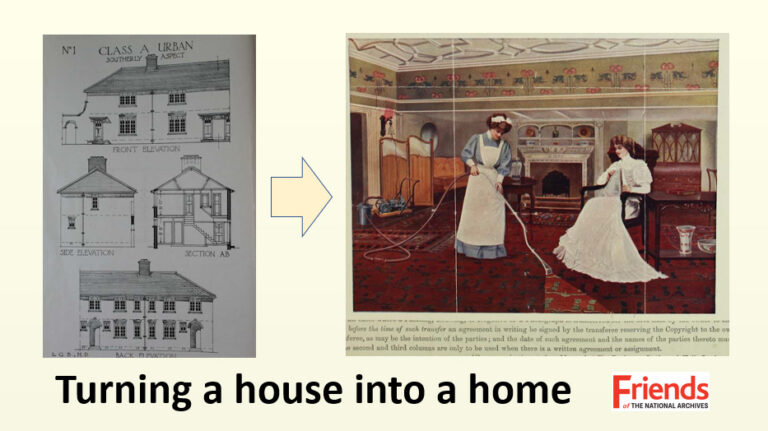
Beginning with an explanation of the difference between a house and a home, the group was shown old photographs of homes where people used to live and observed the differences between houses then and now. The group was asked to consider what sorts of materials a house was made of and what went into the design of a traditional house such as doors, windows and roofs. They were then asked: what do we need to put into our houses? Their reply was ‘things’ and ‘people’. Noel had already identified the personal likes of the group prior to the session and was able to introduce items such as pets, which everyone appreciated.
Identifying household objects
The group was shown archival images of household objects and asked to identify items such as a chair, a saucepan, a telephone and even a Toby jug ornament! Further knowledge and understanding was consolidated by asking the group where different household items may be located within a house.
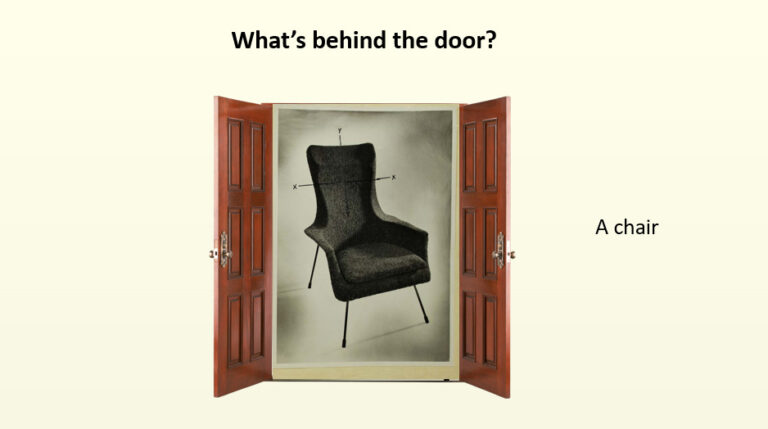
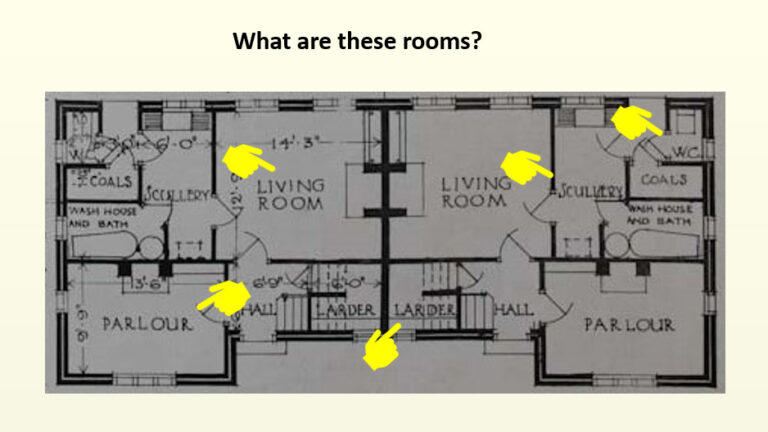
What goes where?
Using more archival images, students were then asked: What goes where? Each time a single household item was shown, we encouraged everyone to communicate the answer and then identify the correct room where the object should go.
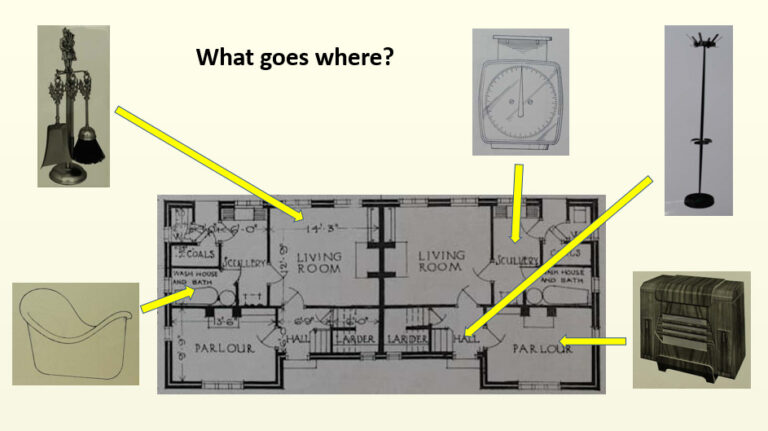
Getting creative
In preparation for the session, Noel had made plain cardboard houses for each student, with the aim that they would decorate them with objects or designs. Images of wallpaper patterns, linoleum, and domestic items such as teapots, plates, kitchen scales, saucepans and settees were supplied on printed sheets to cut out and paste to the interior or exterior of the model houses.
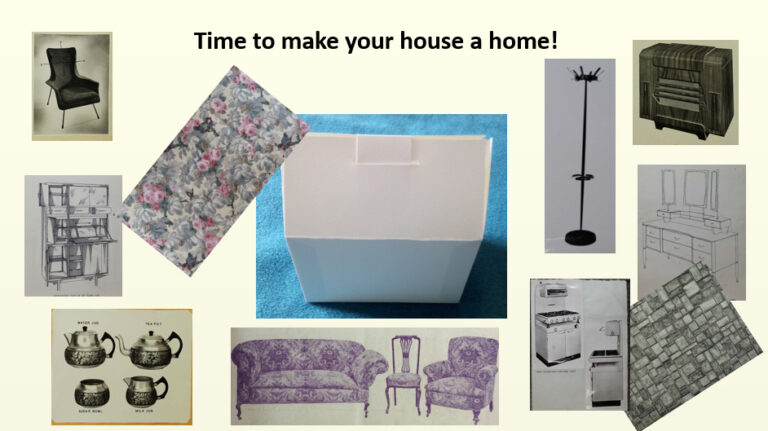
The group then decorated their houses using glue and cellotape, deciding themselves on what items to use.
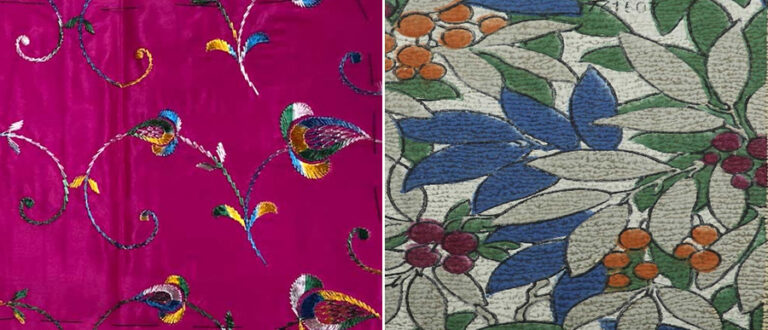
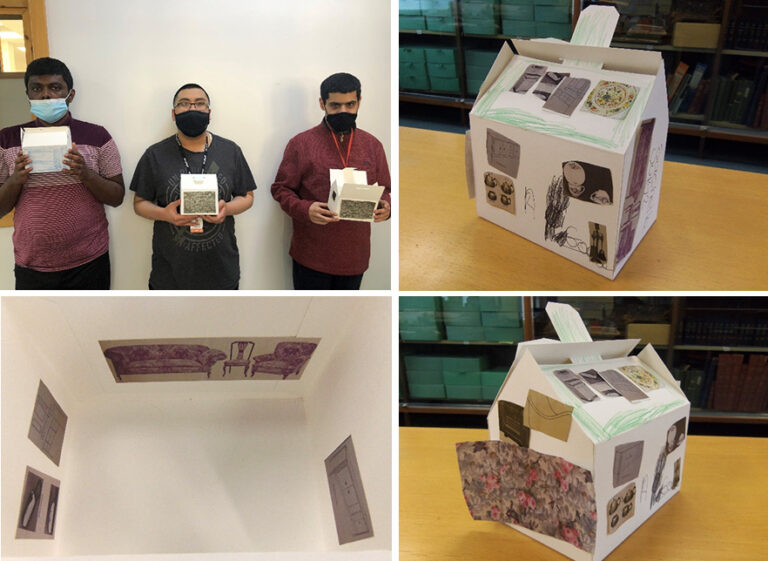
Conclusion
Delivering workshops online is always more challenging than doing it face-to-face. However, with expert facilitation it is amazing to witness how archival records can be brought to life in a way that makes them accessible and relevant, and to see how they can be used to help stimulate participants’ imagination and individual creativity.
All involved want to thank The Friends of The National Archives for the funding they allocated to this workshop that put a smile on all our faces, and raised the profile of our varied and wonderful archival collections to new audiences.
Currently the designs created are on display at Wandsworth Heritage Service, Battersea Library.
Further links
Our Day at the Seaside resource is another partnership with Noel Hayden.
What a great idea, making a house into a home. I could see my 6 year old granddaughter enjoying that. Creatively inspirational.